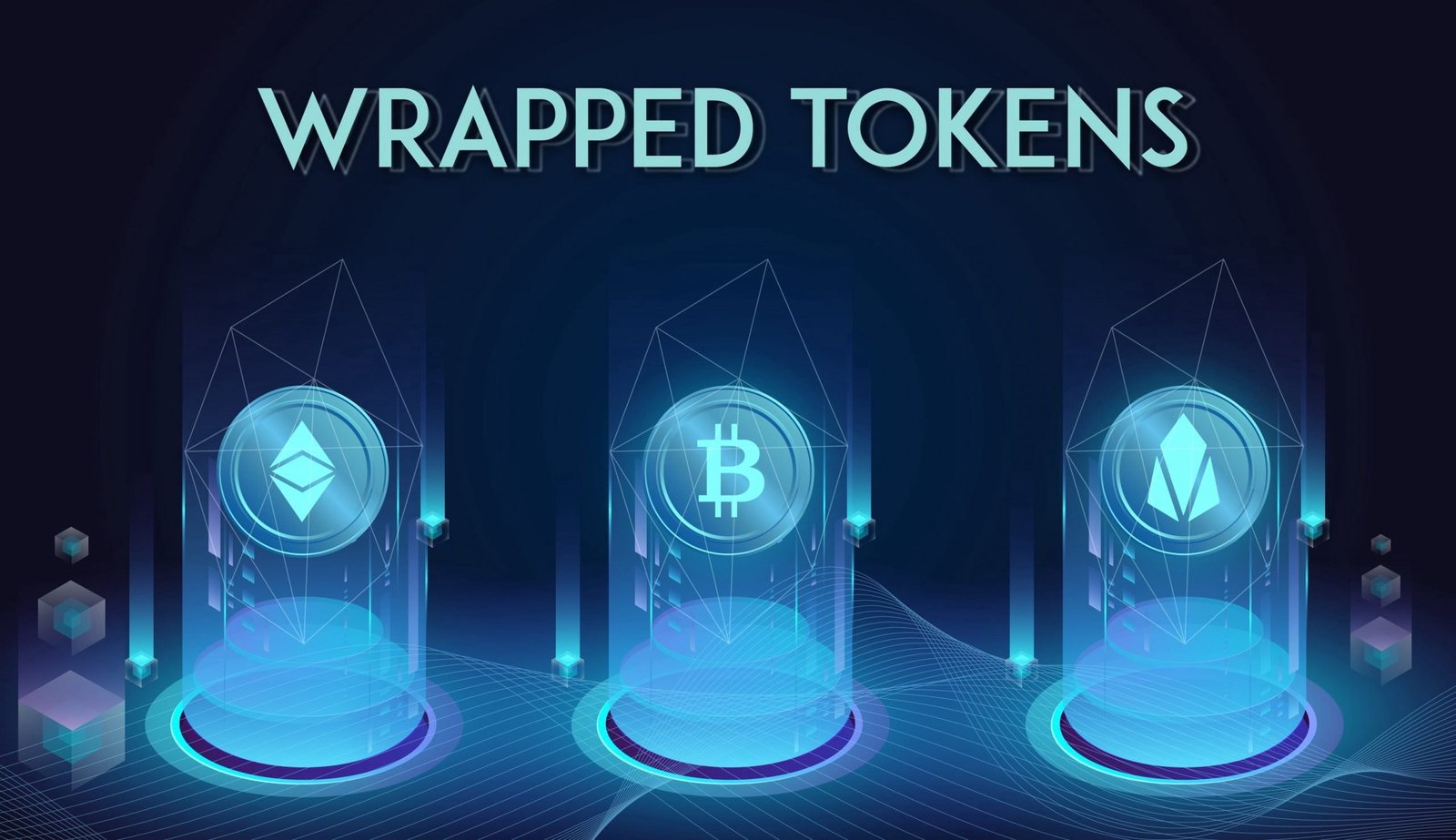Wrapped Tokens: Unraveling The Mystery Behind This Crypto Phenomenon
Wrapped Tokens: Unraveling the Mystery Behind This Crypto Phenomenon

- Demystifying The World Of Cryptocurrency A Deep Dive Into Proof Of Stake
- Breaking Down Borders: How Crypto Is Revolutionizing Global Finance
- The Future Of Blockchain In Decentralized Finance Defi
- The Rise Of Multisig Wallets Unlocking A New Level Of Security In Cryptocurrency Transactions
- The Benefits Of Using Blockchain For Transparent Voting Systems
Imagine you’re at a crypto party, and you have two different types of currencies in your wallet – Bitcoin and Ethereum. You love them both, but you wish you could use them interchangeably on different blockchains. That’s where wrapped tokens come in – a game-changing concept that’s making waves in the crypto world. In this article, we’ll dive into the fascinating world of wrapped tokens and explore how they work their magic.
What are Wrapped Tokens?
Wrapped tokens are synthetic tokens that represent the value of an underlying cryptocurrency or asset. In essence, they’re a digital wrapper that encapsulates the original token, making it compatible with different blockchain platforms. Think of it like exchanging currency while traveling – you still have the same value, but now you can use it in a new territory.
Here’s an example: let’s say you have Bitcoin (BTC) and want to use it on the Ethereum blockchain. A wrapped token, like Wrapped Bitcoin (WBTC), is created to represent the value of your BTC. Now, you can use WBTC on the Ethereum network, just like you would use ETH.
How Do Wrapped Tokens Work?
The process of creating wrapped tokens involves three main stakeholders: the user, the wrapper (a third-party entity), and the blockchain. Here’s a step-by-step breakdown:
- Creation: A user wants to use a token on a different blockchain, so they send their original token to a wrapper.
- Creation of a Wrapped Token: The wrapper creates a new token, which represents the value of the original token. This wrapped token is then minted on the target blockchain.
- Locking and Verification: The original token is locked in a reserve, and the wrapper verifies the amount. This ensures that the wrapped token is backed by the original token’s value.
- Token Distribution: The wrapped token is distributed to the user, who can now use it on the target blockchain.
Benefits of Wrapped Tokens
Wrapped tokens have revolutionized the way we interact with different blockchain platforms. Here are some of the key benefits:
- Interoperability: Wrapped tokens enable seamless interactions between different blockchains, breaking down barriers and fostering a more connected crypto ecosystem.
- Increased Liquidity: By making tokens compatible with different platforms, wrapped tokens increase liquidity and trading opportunities.
- Flexibility: Users can now access a broader range of applications and services, regardless of the underlying blockchain.
Real-World Applications of Wrapped Tokens
Wrapped tokens are not just a theoretical concept – they have many practical applications. Here are a few examples:
- Decentralized Finance (DeFi): Wrapped tokens have enabled the growth of DeFi, allowing users to lend, borrow, and trade crypto assets on different blockchain platforms.
- Gaming: Wrapped tokens can be used to create cross-platform gaming experiences, enabling players to use different tokens on various gaming platforms.
- Non-Fungible Tokens (NFTs): Wrapped tokens can be used to create NFTs that are compatible with different blockchain platforms, increasing their value and usability.
Wrapped tokens are a game-changer in the crypto world, enabling seamless interactions between different blockchain platforms. By wrapping the value of an underlying token in a digital wrapper, users can access a broader range of applications and services. As the crypto ecosystem continues to evolve, wrapped tokens will play an increasingly important role in shaping its future.
